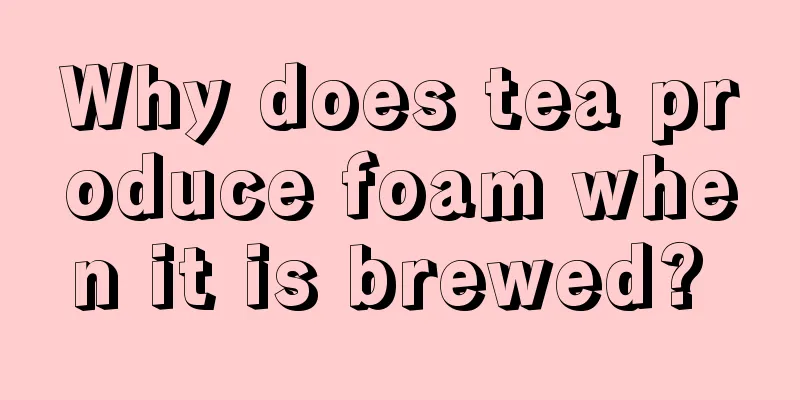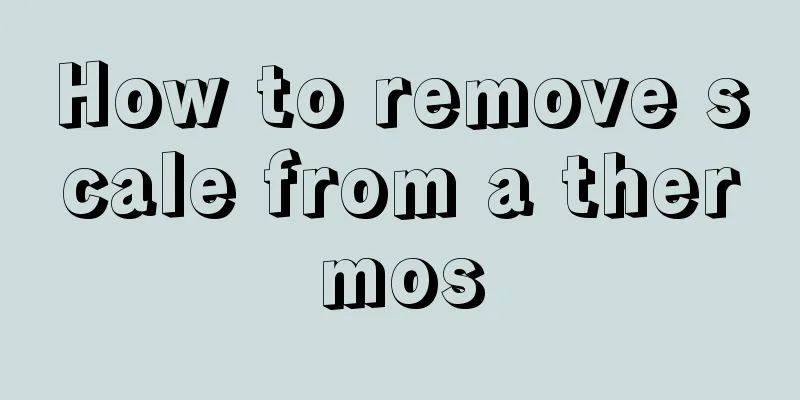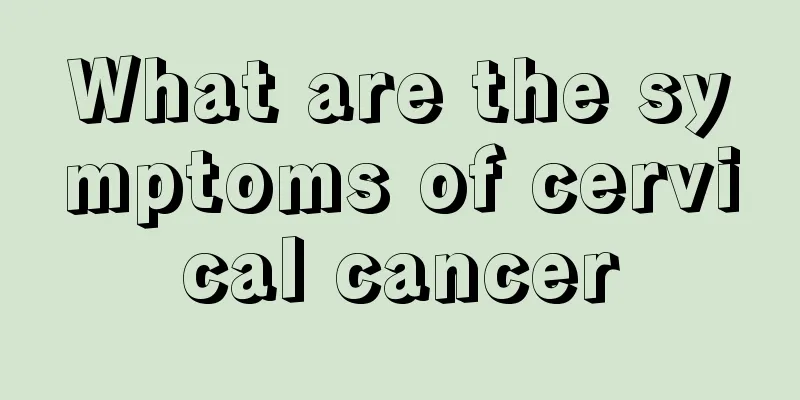Why does tea produce foam when it is brewed?

|
Drinking tea is a hobby of many people. Drinking tea properly has health benefits for the body. However, there are many types of tea, and different types of tea have different effects. When choosing tea, it is best to choose the tea that suits you according to your physical condition. Some people find that when brewing tea, there will be a layer of foam on the tea soup. Why is there foam when the tea is brewed? Why does tea produce foam when brewed? It is usually caused by several factors. When the tea is made, it has just rained and the tea made at this time has more moisture. Therefore, there will be a layer of tea foam when the tea is brewed in a covered bowl. Another situation is that the tea contains rich tea alkaline substances. The tea has just been made and has not been transformed better. When the dry tea meets hot water during soaking, bubbles will appear, just like stones will bubble when they meet water. The bubbles are produced when the dry tea meets water and enters the leaves. Another reason is that the tea leaves are not clean. The tea leaves may have been fertilized with chemical fertilizers, pesticides or may have been produced uncleanly, which causes the foam. Such foam is black impurities. Good tea does not have foam. When ecological tea or ancient tree tea is brewed, only bubbles will appear, no foam. Therefore, good quality tea will not produce foam. No matter the foam that appears when the tea is awakened or when the tea is first brewed, it is best to rinse it off with water. One reason is that it is clean, and the other is that it looks good. Does the amount of foam have anything to do with the quality of the tea? Some tea lovers find a lot of bubbles in the tea soup when brewing tea, so they worry whether it is a problem with the quality of the tea. In fact, the key factors that determine the amount of foam mostly lie in the differences in the tea tree varieties themselves and the appearance of the finished tea. Between different varieties, the tea saponins in the tea leaves and their appearance may determine the amount of foam. Therefore, the amount of foam cannot directly determine the quality of tea. How much foam is related to pesticide residues? Foaming is due to the physical phenomenon that occurs when the aforementioned substances are dissolved in water. As for the tea pesticides that can be used as currently regulated by the state, they are basically fat-soluble substances and are insoluble in water. Therefore, there is no direct connection between tea bubble and pesticide residues. |
<<: What causes swollen pelvic lymph nodes?
Recommend
Is bladder cancer prone to recurrence?
When we say someone is "cured" of a dis...
What to do if you have dry eyes and blurred vision
Nowadays, many young people, even people of diffe...
Severe consequences of allergies
Nowadays, more and more children are suffering fr...
Can vitamin C quickly desensitize people?
Allergies are very common in daily life. Most all...
Will eating coix seed increase blood pressure?
Hypertension has now become a very common disease...
Is interventional treatment for liver cancer good? Interpretation of the advantages and disadvantages of interventional treatment for liver cancer
Primary liver cancer is one of the common maligna...
Is lung cancer hereditary? Here are some common knowledge about lung cancer
Is lung cancer hereditary? The number of cancer c...
What is the most effective way to relieve kidney stone pain?
The pain caused by kidney stones will affect the ...
What should I do if there is an echo in one ear?
If you have an echo in your ears all the time, it...
What is the matter with yellow eyeballs
Yellowing of the eyeballs may be caused by inflam...
How long can you live after tongue cancer surgery? Multiple factors affect it
How long a patient can live after tongue cancer s...
What foods are distributed
There are many common foods in life, and the food...
Why do I feel back pain after bladder cancer surgery?
Hematuria may occur only once or last from one to...
Prevention of lung cancer should start with quitting smoking
What is the cause of lung cancer? Why are more an...
What is cervical precancerous lesion cin1? How to treat cervical precancerous lesion cin1
Mentioning cervical precancerous lesions cin1. Ma...









